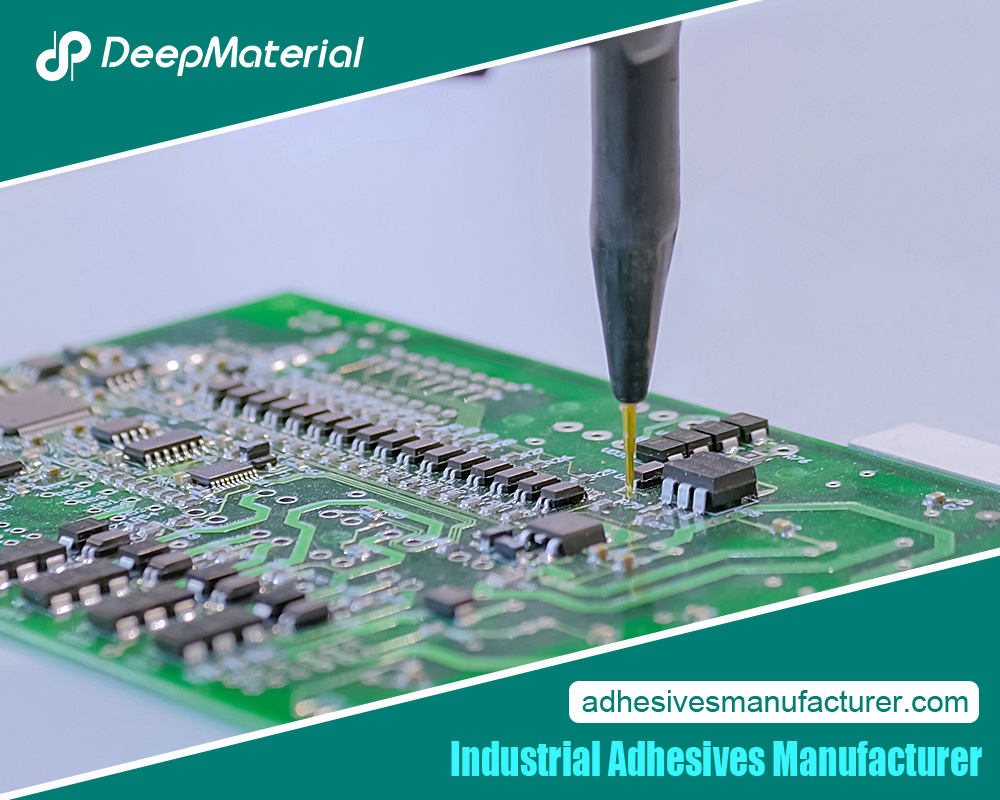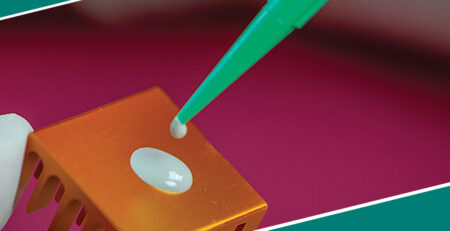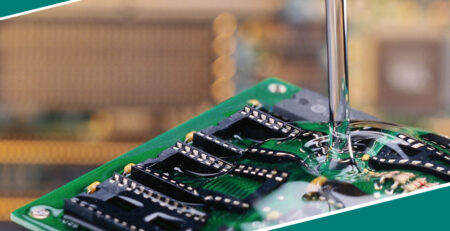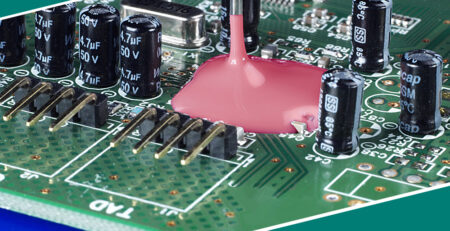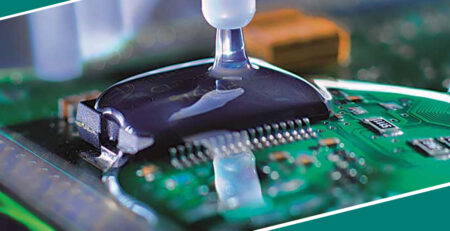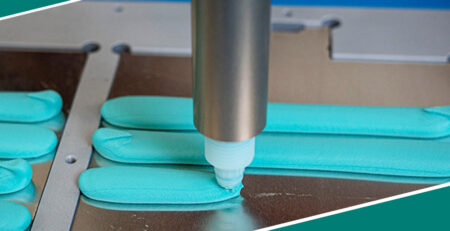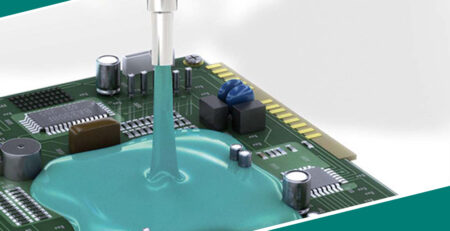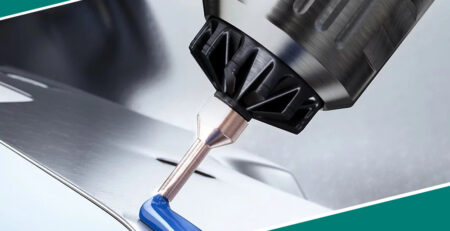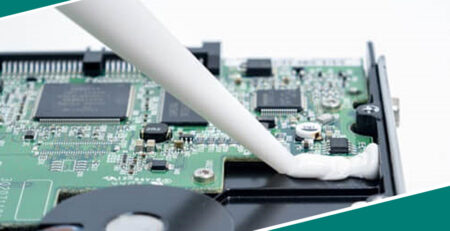The Growing Landscape of Adhesive Manufacturing Companies: Trends, Challenges, and Innovations
The Growing Landscape of Adhesive Manufacturing Companies: Trends, Challenges, and Innovations
Adhesives are ubiquitous in modern life, playing a crucial role in various industries, from automotive and aerospace to electronics, construction, and even medical applications. The evolution of adhesive technology has been driven by the growing demand for more robust, durable, and environmentally friendly bonding solutions. Behind this evolution stands the adhesive manufacturing industry, a sector marked by innovation, sustainability efforts, and technological advancements. This article delves into the dynamic world of adhesive manufacturing companies, exploring the latest trends, challenges, and innovations that shape this essential industry.
The Evolution of Adhesive Manufacturing
A Historical Overview
Adhesives have been used for thousands of years, with early examples made from natural substances like animal glue, tree sap, and beeswax. However, the modern adhesive industry began to take shape in the early 20th century with the development of synthetic polymers. These new materials revolutionized the industry, offering greater versatility, strength, and consistency. Over the decades, adhesive manufacturing companies have continually adapted to meet the changing needs of various sectors, leading to the development of specialized adhesives for specific applications.
The Role of Synthetic Polymers
- Development of early synthetic adhesives: The first synthetic adhesives were based on phenolic resins, which provided better performance than natural adhesives.
- Rise of epoxy and polyurethane adhesives: These adhesives became popular in the mid-20th century due to their strong bonding capabilities and resistance to environmental factors.
- Introduction of pressure-sensitive adhesives (PSAs): PSAs revolutionized industries such as packaging and labeling by providing a versatile and easy-to-use bonding solution.
Key Trends Shaping the Adhesive Manufacturing Industry
Increasing Demand for High-Performance Adhesives
As industries become more sophisticated, the demand for high-performance adhesives has grown. Adhesive manufacturing companies are responding by developing products that can withstand extreme temperatures, harsh chemicals, and high stress. This trend is particularly evident in the aerospace and automotive industries, where adhesives must meet stringent safety and performance standards.
Shift Towards Sustainable and Eco-Friendly Adhesives
Environmental concerns are driving significant changes in the adhesive manufacturing industry. There is a growing demand for less harmful adhesives to the environment, leading to the development of eco-friendly formulations that use renewable resources, emit fewer volatile organic compounds (VOCs), and are easier to recycle. This shift is a response to regulatory pressures and the increasing consumer demand for sustainable products.
- Use of bio-based adhesives: These adhesives are made from natural resources like soy, starch, and lignin, reducing the reliance on petroleum-based products.
- Reduction of VOCs: Adhesive manufacturers are developing low-VOC and VOC-free products to comply with environmental regulations and meet consumer demand for safer products.
- Recyclable and reworkable adhesives: Companies are innovating to create adhesives that can be easily removed or recycled, supporting the circular economy.
Growth of Smart and Functional Adhesives
The integration of intelligent technologies into adhesives is an exciting development. These innovative adhesives can respond to environmental stimuli such as temperature, light, or pressure, making them ideal for advanced applications in electronics, medical devices, and beyond.
- Self-healing adhesives: These adhesives can repair themselves when damaged, extending the lifespan of the bonded materials.
- Conductive adhesives: These adhesives can be used in electronics to conduct electricity, providing structural support and electrical connections.
- Thermally conductive adhesives:These adhesives are essential in managing heat in electronic devices, ensuring their efficient operation.
Expansion into Emerging Markets
The adhesive manufacturing industry is experiencing growth in emerging markets, driven by industrialization, urbanization, and increasing investments in infrastructure. Adhesive companies are expanding their operations in Asia-Pacific, Latin America, and Africa, with a rising demand for construction materials, consumer goods, and automotive production.
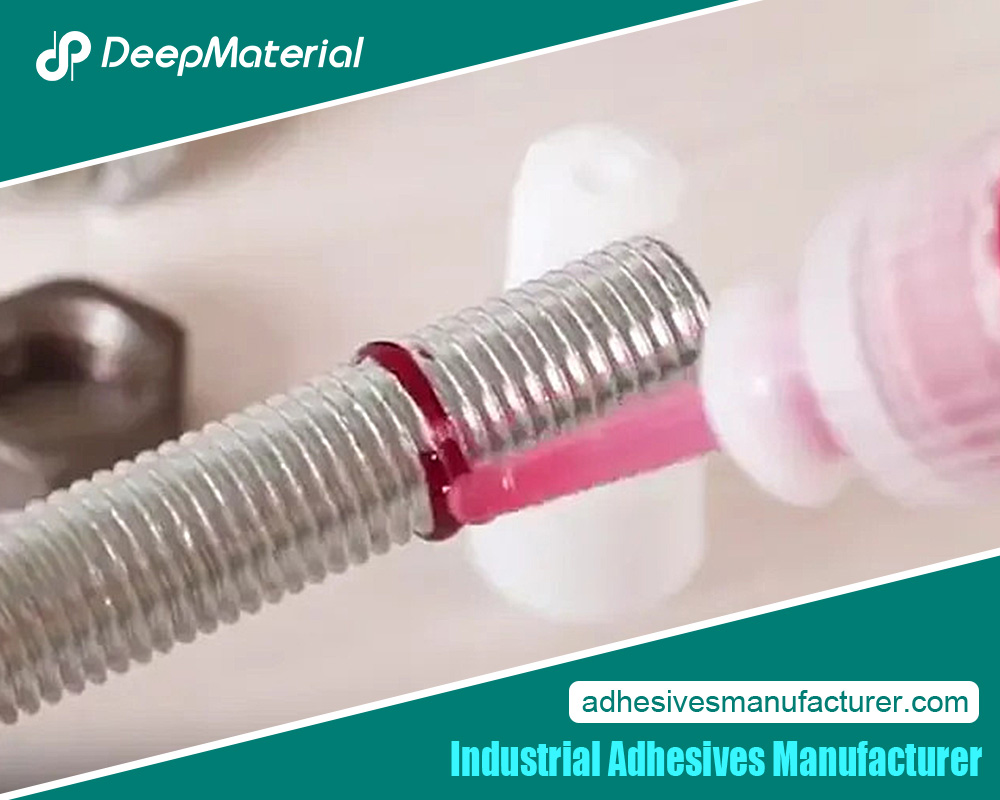
Challenges Facing Adhesive Manufacturing Companies
Balancing Performance and Sustainability
One of the primary challenges for adhesive manufacturing companies is balancing the need for high-performance adhesives with the demand for sustainability. Developing strong and environmentally friendly adhesives requires significant research and development (R&D) investments. Additionally, transitioning to sustainable adhesives can be costly, particularly for smaller companies.
Regulatory Compliance
Adhesive manufacturers must navigate a complex web of regulations concerning environmental impact and health and safety standards. Compliance with these regulations can be challenging, as they vary widely by region and are subject to change. Adhesive companies must stay ahead of regulatory developments to avoid penalties and ensure their products meet all necessary standards.
Rising Raw Material Costs
The cost of raw materials is a significant concern for adhesive manufacturing companies. Fluctuations in the prices of key ingredients, such as petrochemicals, can impact profit margins. Additionally, the shift towards sustainable adhesives often requires more expensive raw materials, adding to the financial pressure on manufacturers.
- Supply chain disruptions: Global events, such as the COVID-19 pandemic and geopolitical tensions, have disrupted the supply chain, leading to increased costs and delays.
- Sourcing sustainable materials: Finding reliable and cost-effective sources of sustainable materials is challenging for many adhesive manufacturers.
Innovation and Differentiation
In a competitive market, adhesive manufacturing companies must continuously innovate to differentiate their products. It requires ongoing investment in R&D and staying attuned to market trends and customer needs. Companies that need to innovate avoid falling behind their competitors.
Innovations Driving the Future of Adhesive Manufacturing
Advanced Manufacturing Techniques
Adhesive manufacturing companies are adopting advanced techniques to improve efficiency, reduce costs, and enhance product quality. Techniques such as automation, 3D printing, and nanotechnology are becoming increasingly important in producing adhesives.
- Automation and robotics: Automation in adhesive manufacturing allows for faster production, greater precision, and reduced labor costs.
- 3D printing: Adhesive companies are exploring using 3D printing to create custom adhesives tailored to specific applications.
- Nanotechnology: Nanotechnology is being used to develop adhesives with enhanced properties, such as increased strength, conductivity, or responsiveness to environmental stimuli.
Collaboration and Partnerships
Collaboration between adhesive manufacturing companies and other industries is essential for driving innovation. By working closely with customers, suppliers, and research institutions, adhesive manufacturers can better understand the market’s needs and develop products that meet those needs.
- Joint ventures and alliances:Collaborative efforts between companies can lead to the development of new adhesives and technologies.
- Customer-centric innovation: Engaging with customers early in the development process ensures that new adhesives meet the specific requirements of end-users.
Digitalization and Industry 4.0
The digital transformation of the manufacturing industry, often referred to as Industry 4.0, is also impacting adhesive manufacturing companies. Digital tools and technologies are used to optimize production processes, improve product quality, and enhance customer service.
- IoT and sensor integration: The Internet of Things (IoT) and sensor technologies are being used to monitor production processes in real time, ensuring consistent quality and reducing waste.
- Data analytics and AI: Data analytics and artificial intelligence (AI) are employed to predict trends, optimize supply chains, and drive innovation in adhesive development.
Focus on Customization
As industries demand more specialized adhesives, customization is becoming a key area of focus for adhesive manufacturing companies. Whether it’s a specific bonding solution for a new material or an adhesive that meets unique environmental conditions, customization allows manufacturers to offer tailored solutions that stand out in the market.
- Application-specific adhesives: Developing adhesives for niche markets or specialized applications can provide a competitive edge.
- Modular adhesive systems:Some manufacturers are creating modular adhesive systems that can be easily adapted to different applications, offering greater flexibility to customers.
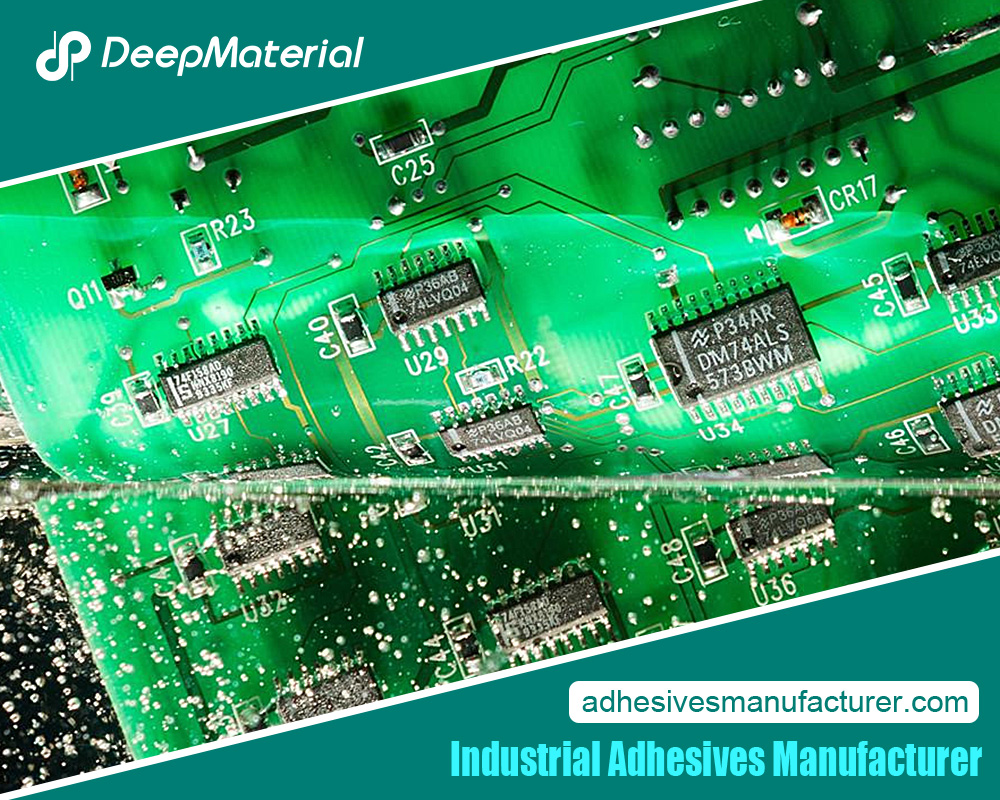
Conclusion
The adhesive manufacturing industry is at a pivotal point, driven by the need for innovation, sustainability, and adaptability. As industries across the globe continue to evolve, the demand for more advanced, eco-friendly, and customized adhesive solutions will only increase. While challenges such as regulatory compliance, rising raw material costs, and the need for constant innovation persist, the industry’s ability to adapt and innovate positions it for continued growth and success. Adhesive manufacturing companies that embrace these trends and invest in new technologies will be well-equipped to lead the industry into the future, providing the essential bonding solutions that underpin many aspects of modern life.
For more about the growing landscape of adhesive manufacturing companies: trends, challenges, and innovations, you can pay a visit to Deepmaterial at https://www.adhesivesmanufacturer.com/ for more info.

